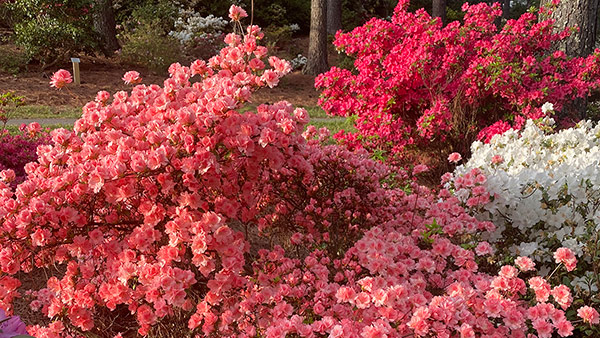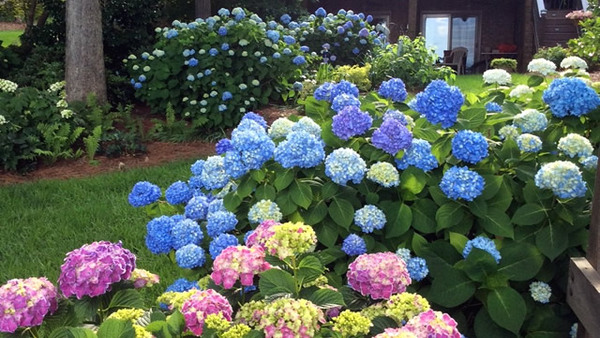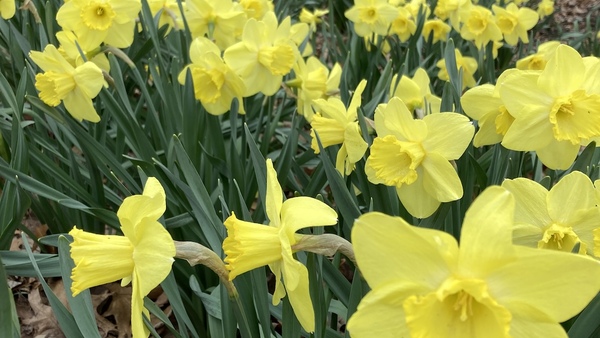
This North American coastal native exhibits quiet beauty and an easy-going habit. It grows to 10 feet tall, and spreads slowly to form colonies with glossy, semi-evergreen aromatic leaves. It looks equally at home as a hedge, in an herb garden, or in a natural meadow.
Noteworthy CharacteristicsMyricas are most effective en masse, for use in woodlands, meadows, borders, and formal areas. They have aromatic, dark green leaves and small flowers. The clustered fruits are small, bluish-black spheres encrusted with a whitish, waxy coating; plant at least one male to pollinate the female species. Many species were used for making bayberry candles, sealing wax, and soap. Some species are native to North America.
CareGrow in moist, humus-rich, preferably acidic soil in full sun to partial shade. They are tolerant of poor soils, drought, wet soils, and coastal conditions.
PropagationLayer in spring, root greenwood cuttings in summer, or sow seed in a cold frame when ripe.
ProblemsLeaf spots, dieback, stem rots, root rots, rust.
- Genus : Myrica
- Plant Width : 10 to 15 feet
- Zones : 3, 4, 5, 6
- Plant Height : 6 to 10 feet
- Moisture : Adaptable
- Tolerance : Drought Tolerant, Frost Tolerant
- Characteristics : Fragrant Foliage, Showy Foliage, Showy Fruit
- Light : Full Sun to Partial Shade
- Flower Color : Green, Yellow
- Maintenance : Low
- Growth Rate : Moderate
- Plant Type : Shrubs
- Bloom Time : Spring
- Plant Seasonal Interest : Spring Interest


























